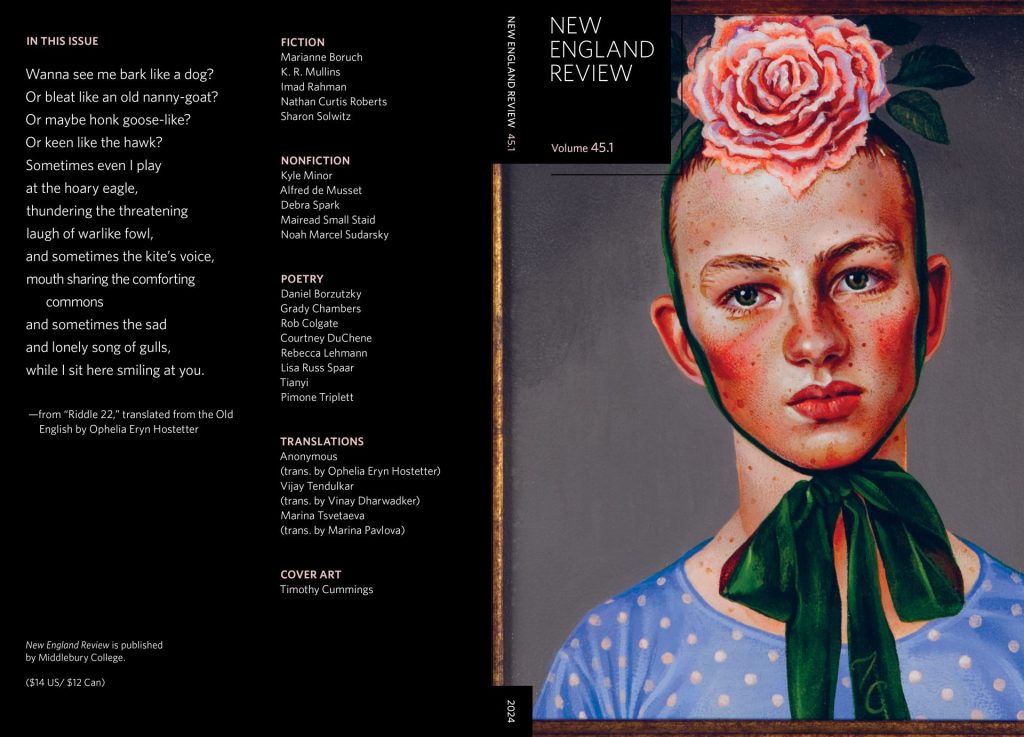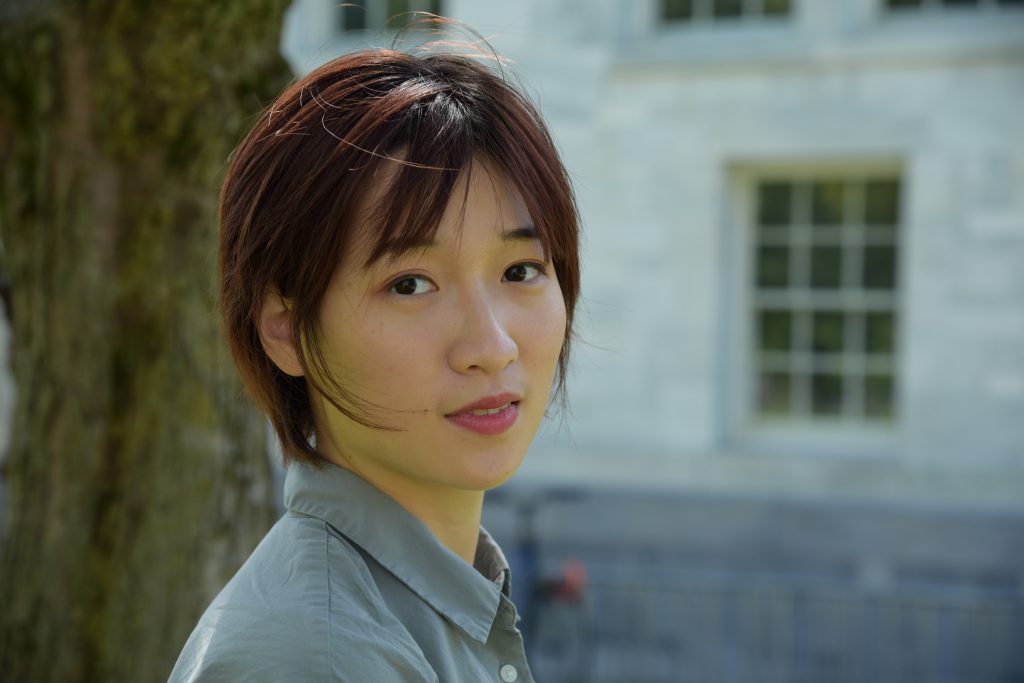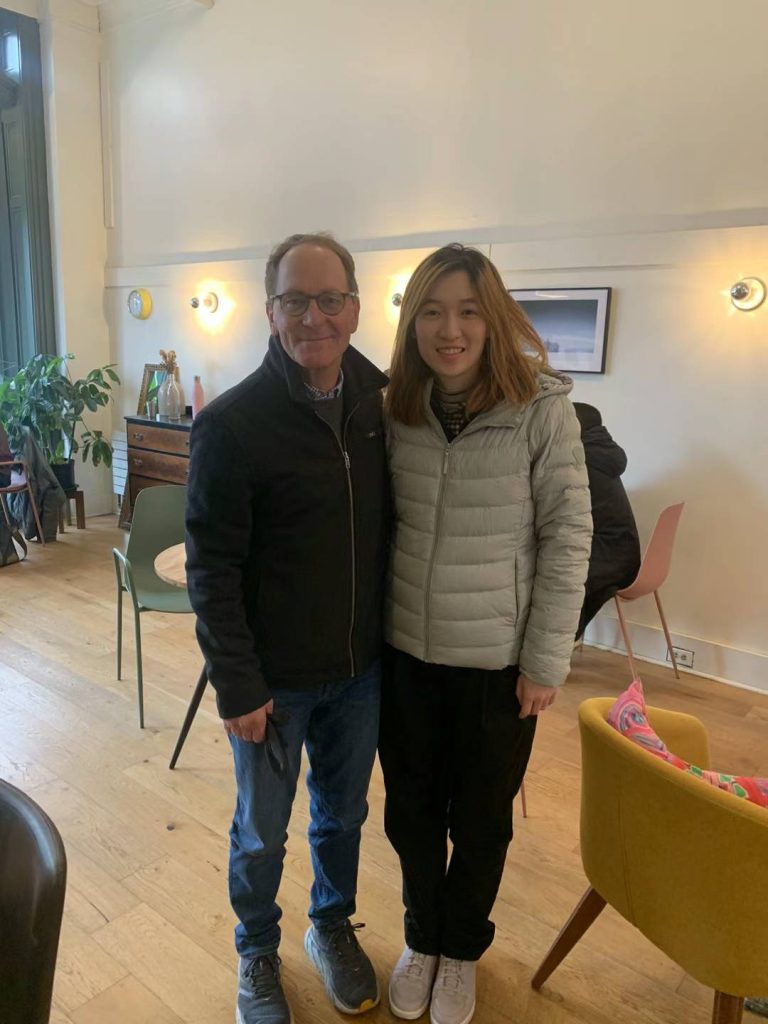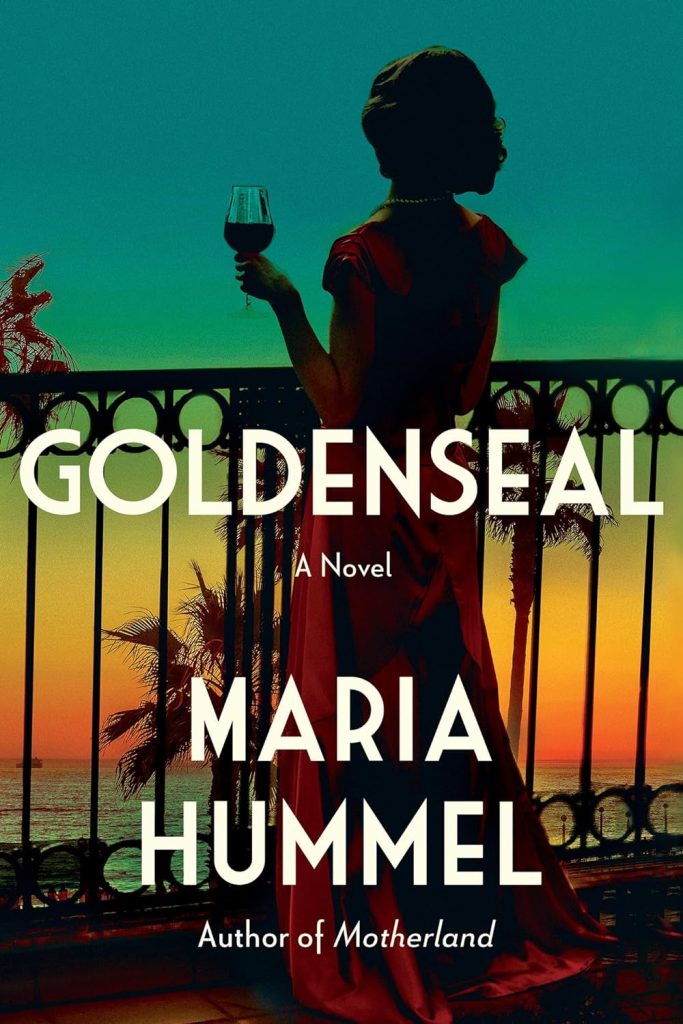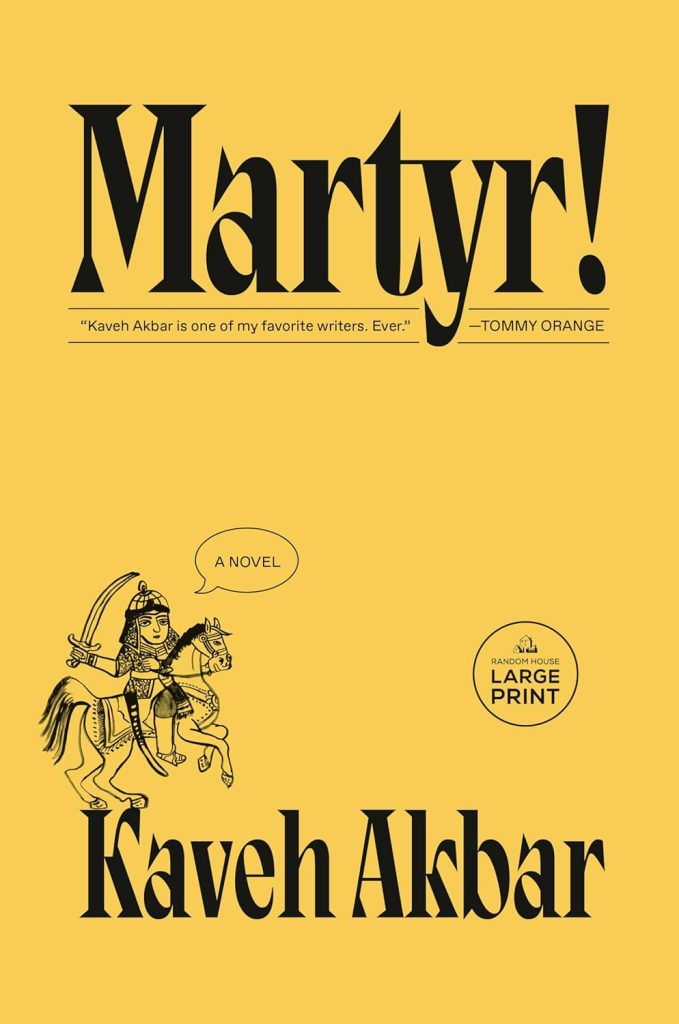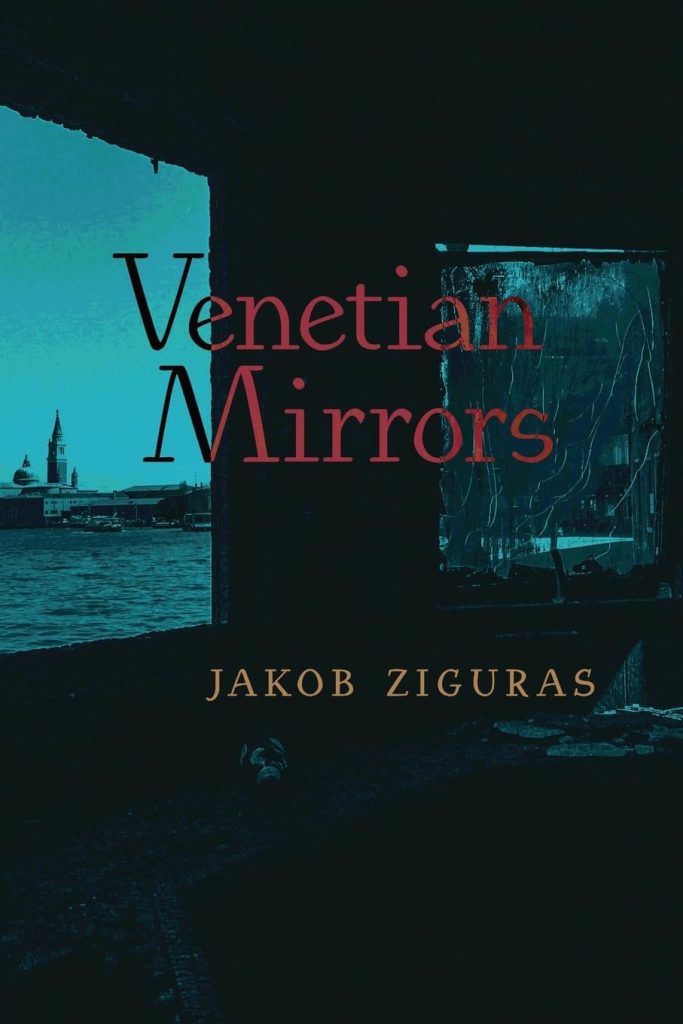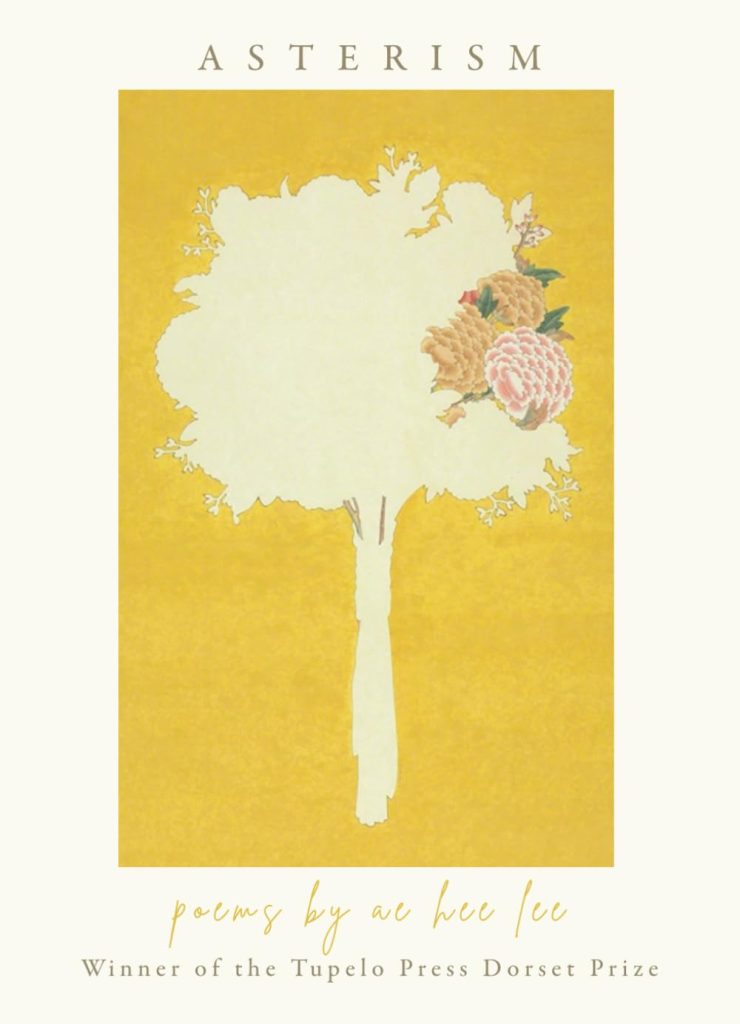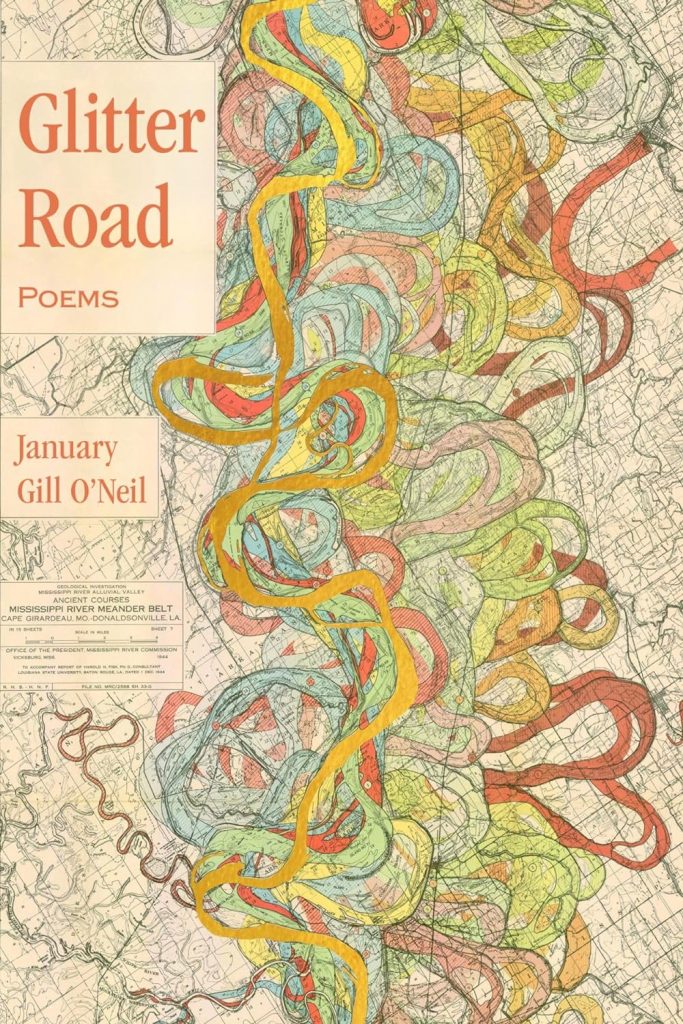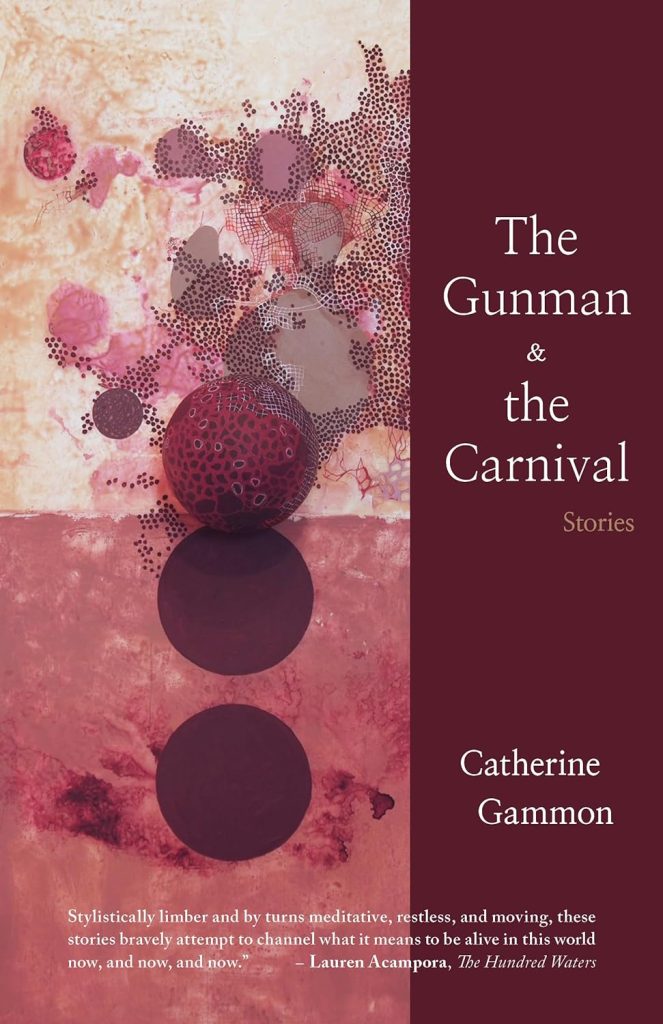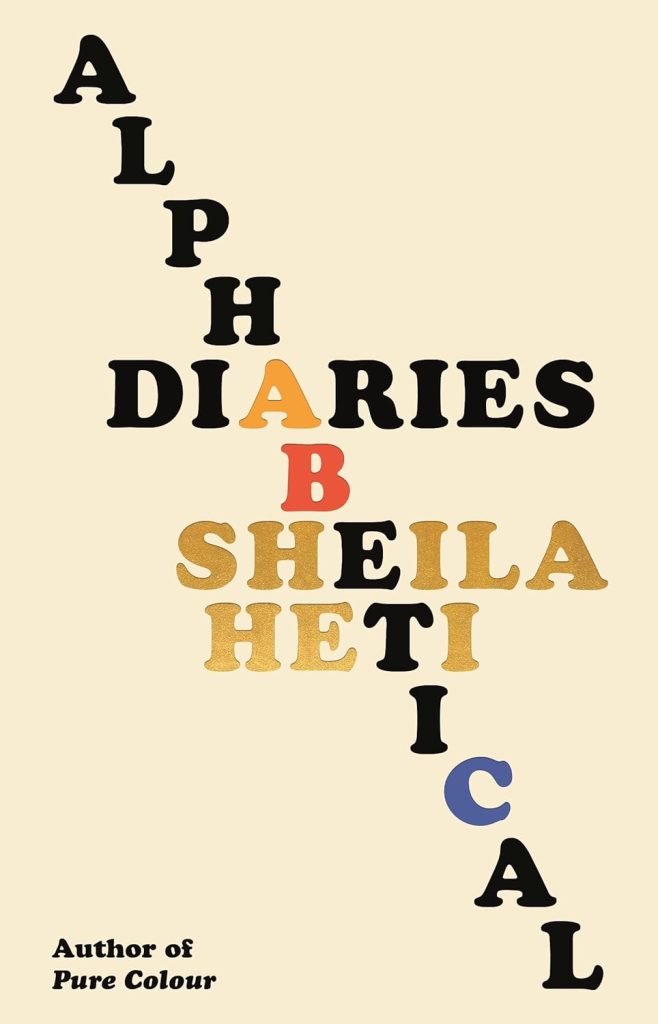
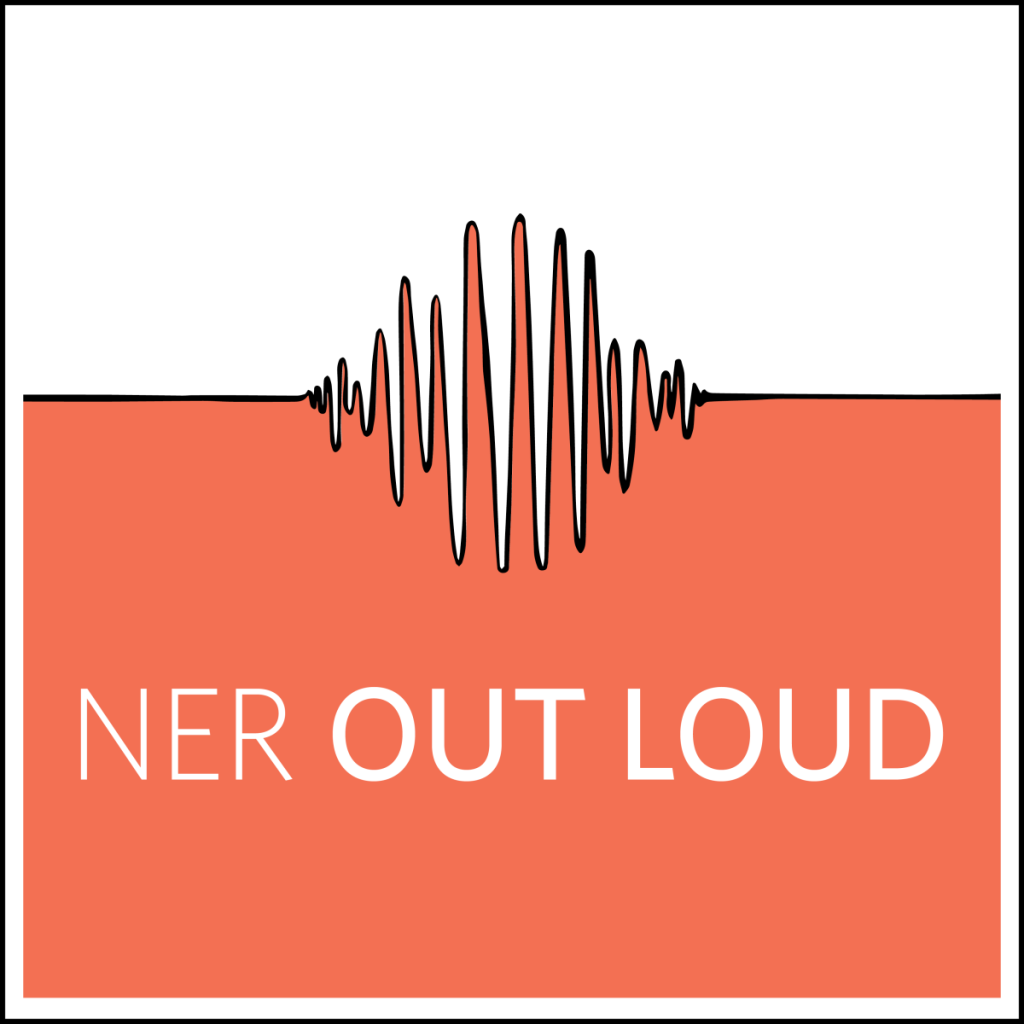
Caridad Svich (left)
“We’re all in the funhouse together.”
Listen to episode 26 of NER Out Loud, in which Maya Bargdorf, Rowan Heffelfinger, and Kate Ryan—Middlebury College seniors—read an excerpt of Clara Thomas Bailey, a play by Caridad Svich.
After the reading, Katie Futterman talks to Svich about how she came to write plays, the “conspiratorial vibe” she creates by addressing the audience directly, and the multiple anxieties that influence this play.
Clara Thomas Bailey—which the author describes as “a portrait-in-motion that takes place over the course of one hour in a person’s life—an hour that spans years of feeling”—was published, in part, in NER 44.3.
Listen to episode 26 of NER Out Loud on Soundcloud, and subscribe to our podcast on Apple Podcasts, or Spotify!

Katie Futterman ’24 is a history major and Spanish minor at Middlebury College. She was the NER podcast producer for the fall semester, and has served as managing editor of the Middlebury Campus and reporting intern for Seven Days and the Addison Independent.
